- No products in the cart.
Sandoz mometasone nasal spray 50mkg / 10ml dose vial 60 doses
$8.49
Sandoz mometasone nasal spray 50mkg / 10ml dose vial 60 doses
Description
Composition
Active substance:
Mometasone furoate monohydrate – 0.0517 mg, calculated on the anhydrous substance – 0.05 mg.
Excipients:
Microcrystalline cellulose and carmellose sodium (Avicel RC-591) 1 – 2.0 mg Glycerin – 2.1 mg citric acid monohydrate – 0.2 mg Sodium citrate dihydrate – 0.28 mg, polysorbate 80 – 0.01 mg benzalkonium chloride – 0.02 mg water for injection – up to 100.0 mg.
1 Avicel RC-591 is a mixture of microcrystalline cellulose and carmellose sodium, which are supplied supplier excipients. Claimed microcrystalline cellulose content of 89.0%, sodium carmellose – 11.0%.
Description:
homogeneous white suspension.
Product form:
Nasal Spray 50 mcg / dose
According to 10.0 g (60 doses) of the suspension into a vial of high density polyethylene (HDPE), equipped with a dosing device and a protection cap.
Contraindications
Hypersensitivity to any of the substances included in the preparation;
recent surgery or trauma to the nasal mucosal damage of the nasal cavity – to wound healing (due to the inhibitory action of glucocorticosteroids (GCS) for the healing process);
infancy (with seasonal and perennial allergic rhinitis – up to 2 years, with an acute exacerbation of chronic sinusitis or rhinosinusitis – up to 12 years, with nasal polyposis – 18 years) in the absence of corresponding data.
Carefully:
The drug should be used with caution in tuberculosis infection (active or latent) of the respiratory tract, untreated fungal, bacterial, systemic viral infections or infections caused by Herpes simplex, eye disease (as an exception, perhaps the appointment of the drug in these infections as directed by a physician), the presence of untreated local infection in a process involving the mucosa of the nasal cavity.
Dosage
50 ug / dose
Indications
Seasonal and perennial allergic rhinitis in adults, adolescents and children from 2 years;
acute sinusitis or acute exacerbation of chronic sinusitis in adults (including the elderly) and adolescents 12 years of age – as an auxiliary therapeutic agent in the treatment with antibiotics;
Acute rhinosinusitis with mild to moderate symptoms without signs of serious bacterial infections in patients aged 12 years and older;
prophylactic treatment of seasonal allergic rhinitis, moderate and severe course in adults and adolescents from 12 years (recommended for 2-4 weeks before the expected start of the season dusting);
nasal polyposis, followed by a violation of nasal breathing and sense of smell, in adults (18 years old).
Interaction with other drugs
Combination therapy with loratadine was well tolerated by patients. Thus it was not observed any influence on the concentration of the drug loratadine or its main metabolite in blood plasma. In these studies, mometasone furoate in plasma was not detected (sensitivity of determination at 50 pg / ml).
The simultaneous use of CYP3A isoenzyme inhibitors including kobitsistatsoderzhaschie drugs may increase the risk of systemic effects mometasone. Avoid the use of such combinations, if the benefit outweighs the potential risk is not; in this case requires careful monitoring of the systemic effects of corticosteroids.
Overdose
Symptoms: long-term use of corticosteroids at high doses, or with simultaneous application of several possible GCS inhibition of the hypothalamic-pituitary-adrenal system.
Treatment: drug has low (
pharmachologic effect
Pharmacological group:
glucocorticosteroid for topical application.
Pharmacodynamics:
Mometasone is a synthetic glucocorticosteroid for topical application. It has anti-inflammatory and anti-allergic effect. It provides local inflammatory effect in the doses at which there is no systemic effects. Inhibits the release of inflammatory mediators; It increases the production lipomodulin, an inhibitor of phospholipase A, which decreases the release of arachidonic acid and the formation of its active metabolites – prostaglandins, which, together with a reduction in the release of inflammatory mediators from mast cells, inhibits the development of allergic reactions of the immediate type. Use of the drug prevents the accumulation of neutrophils boundary, which reduces the formation of inflammatory exudate, lymphokine production, macrophage migration, as well as the severity of infiltration and granulation processes. By reducing the formation of chemotactic substance reduces the manifestations of late allergic reactions. In conducting studies with provocative tests with the application of antigens on nasal mucosa was demonstrated high anti-inflammatory activity of the drug both early and late stages of an allergic reaction. When compared with placebo ascertained decrease in the concentration of histamine activity of eosinophils, neutrophils and epithelial cell adhesion proteins.
Pharmacokinetics:
Intranasal application of systemic bioavailability of mometasone furoate is
Pregnancy and breast-feeding
Properly planned and well-controlled studies in pregnant mometasone was conducted.
As with other intranasal corticosteroids, mometasone should be administered to pregnant or breast-feeding only if the expected benefit from its use justifies the potential risk to the fetus or infant. Infants whose mothers during pregnancy received corticosteroids, should be carefully monitored for the possibility of hypofunction of the adrenal cortex.
Conditions of supply of pharmacies
Prescription.
side effects
Adverse events associated with the drug (> 1%), identified during clinical trials in patients with allergic rhinitis or nasal polyposis and during the post-registration of the drug, regardless of the indications for use are presented in the table below. Adverse reactions listed in accordance with the classification system-organ class MedDRA. Within each system organ class, adverse reactions are classified according to frequency of occurrence.
Nosebleeds were usually mild and stopped independently, the frequency of their occurrence was slightly greater than with placebo (5%), but equal to or smaller than the appointment other intranasal corticosteroids, which were used as active controls (some of their incidence of nasal bleeding was up to 15%). The incidence of all other adverse events was comparable with the frequency of their occurrence with placebo.
The overall incidence of adverse events in patients treated with respect nasal polyposis was comparable to the incidence in patients with allergic rhinitis.
The overall incidence of adverse events in patients treated for acute rhinosinusitis, was comparable to the incidence in patients with allergic rhinitis and with placebo. In applying intranasal corticosteroids may develop systemic side effects, especially with prolonged use of nasal corticosteroids at high doses (see. “Special instructions” section).
According to the World Health Organization (WHO) adverse events were classified in accordance with the frequency of their development as follows: very common (> 1/10), common (by> 1/100 to
special instructions
As with any long-term treatment, patients treated with mometasone nasal spray Sandoz® for several months or longer must undergo periodic medical examination for possible changes in the nasal mucosa. Should be monitored in patients receiving intranasal corticosteroids for a long time. Perhaps the development of growth retardation in children. In case of growth retardation in children is necessary to reduce the dose of intranasal corticosteroids to the lowest, which effectively control the symptoms. In addition, the patient should be referred for consultation to the pediatrician. In the case of local fungal infection of the nose or throat may require discontinuation of therapy with mometasone nasal spray Sandoz® and carrying out special treatment. Continuing for a long time, stimulation of the nasal mucosa and pharynx may also serve as a basis for cessation of treatment with mometasone.
In a placebo-controlled clinical trials in children when nasal spray containing mometasone, applied in a daily dose of 100 mg for one year, growth retardation in children were noted. Prolonged treatment of nasal spray containing mometasone, the function of suppressing symptoms of the hypothalamic-pituitary-adrenal system were observed.
Patients who go to treatment with mometasone nasal spray Sandoz® after long-term treatment of corticosteroids systemic effects, require special attention. Cancel systemic corticosteroids in these patients may lead to failure of the adrenal glands function, subsequent recovery which may take up to several months. If signs of adrenal insufficiency should resume receiving systemic corticosteroids and other necessary measures.
In applying intranasal corticosteroids may develop systemic side effects, especially with prolonged use at high doses. The likelihood of developing these effects is significantly less than with oral corticosteroids. Systemic side effects may differ both in individual patients, and depending on the used glucocorticosteroid preparation. Potential systemic effects include Cushing’s syndrome, features kushingoida, adrenal suppression, growth retardation in children and adolescents, cataract, glaucoma and more rarely a range of psychological or behavioral effects including psychomotor hyperactivity, sleep disorders, anxiety, depression or aggression (particularly in children).
During the transition from the treatment of systemic corticosteroids for the treatment of nasal spray Mometasone Sandoz® some patients may experience initial withdrawal symptoms of systemic corticosteroids (eg, pain in the joints and / or muscles, fatigue and depression), despite the decrease in the severity of symptoms associated with lesions of the nasal mucosa. Such patients should be specially convince whether to continue treatment with mometasone nasal spray Sandoz®. The transition from local to system GCS can also reveal already existed, but the masked therapy systemic corticosteroids allergic diseases such as allergic conjunctivitis and eczema.
Patients undergoing treatment with glucocorticosteroids have potentially reduced immune reactivity and be alerted to elevated for their risk of infection in the event of contact with sick certain infectious diseases (e.g., chicken pox, measles), and the need for medical consultation if such contact occurred .
When signs of severe bacterial infection (e.g., fever, persistent or severe pain on one side face or dental pain, swelling in the orbital or periorbital) require immediate medical consultation.
In the application of a nasal spray containing mometasone, within 12 months there is no signs of atrophy of nasal mucosa. Furthermore, mometasone furoate tends to help normalize histological biopsies at the nasal mucosa.
The efficacy and safety of mometasone has not been studied in the treatment of unilateral polyps, polyps associated with cystic fibrosis, and polyps that completely cover the nasal cavity. In the case of unilateral polyps unusual or irregular shape, particularly ulceration or bleeding, it is necessary to carry out additional medical examination.
When used as systemic and local corticosteroids was reported on the development of visual impairment. If the patient appears blurred vision or other visual disturbances, should refer the patient to an ophthalmologist to determine the possible causes that may include the development of cataracts, glaucoma or more rare diseases (such as central serous chorioretinopathy), it has been reported during treatment with systemic and local corticosteroids .
The effect on the ability to operate vehicles, machinery
Studies on the impact of the drug on the ability to drive and use machines have not been undertaken.
Storage conditions
Store at a temperature not higher than 25 ° C. Do not freeze.
Keep out of the reach of children.
Dosing and Administration
Intranasally. Injection of the spray into the nasal cavity, contained in the bottle is carried out using a special metering apparatus. Do not pierce the nasal applicator.
Prior to starting the spray must produce about 10 “gauge” taps on the dispensing device, so long until an equally looking feed spray. After the “calibration” set stereotyped feed preparation, in which with each press of the dispensing device is an emission of 100 mg slurry, which corresponds to 50 ug of mometasone. If the drug is not used for 14 days or more, before a new application should be re “calibrate” through two “calibration” is pressed.
Before each use, spray bottle must be shaken vigorously. In applying the tilt head and inject the drug into each nasal passage in accordance with the recommendations of the treating physician.
Treatment of seasonal and perennial allergic rhinitis
Adults (including the elderly) and adolescents from 12 years
Recommended prophylactic and therapeutic dose is 2 injection (50 micrograms of mometasone furoate each) into each nasal passage 1 times a day (total daily dose – 200 mg). After achieving a therapeutic effect for maintenance therapy may reduce the dose to 1 injection into each nasal passage 1 times a day (total daily dose – 100 mg).
If reduction of symptoms can not be achieved using the drug at the recommended therapeutic dose, the daily dose may be increased to 4 injections into each nasal passage 1 time per day (total daily dose – 400 mg). After reducing the symptoms recommended dose reduction.
The onset of action of the drug is usually noted clinically within 12 hours after the first application of the preparation.
Children from 2 to 11 years
The recommended therapeutic dose in the treatment of seasonal or perennial allergic rhinitis – 1 injection (50 micrograms of mometasone furoate) in each nostril once a day 1 (total daily dose – 100 mg).
For the use of the drug in young children need adult assistance.
Adjunctive treatment of acute sinusitis, acute or chronic sinusitis
Adults (including the elderly) and adolescents from 12 years
The recommended therapeutic dosage is 2 injection (50 micrograms of mometasone furoate each) in each nostril two times a day (total daily dose 400 mg).
If reduction of symptoms can not be achieved using the drug at the recommended therapeutic dose, the daily dose may be increased to 4 injections in each nostril two times a day (total daily dose – 800 mg).
After reducing the symptoms recommended dose reduction.
Treatment of acute rhinosinusitis, with no signs of serious bacterial infection
The recommended dose for adults and adolescents is 2 injection (50 micrograms of mometasone furoate each) in each nostril two times a day (total daily dose 400 mg). With the deterioration of symptoms during treatment should consult a specialist.
Treatment of nasal polyposis
Adults (including the elderly) with 18
The recommended therapeutic dosage is 2 injection (50 micrograms of mometasone furoate each) in each nostril two times a day (total daily dose – 400 mg).
After reducing the symptoms recommended dose reduction to 2 injections (50 ug of mometasone furoate each) into each nasal passage 1 times a day (total daily dose 200 mg).
Information
Appearance may differ from that depicted in the picture. There are contraindications. You need to read the manual or consult with a specialist
Additional information
| Weight | 0.100 kg |
|---|---|
| Manufacturer | Sandoz RX |

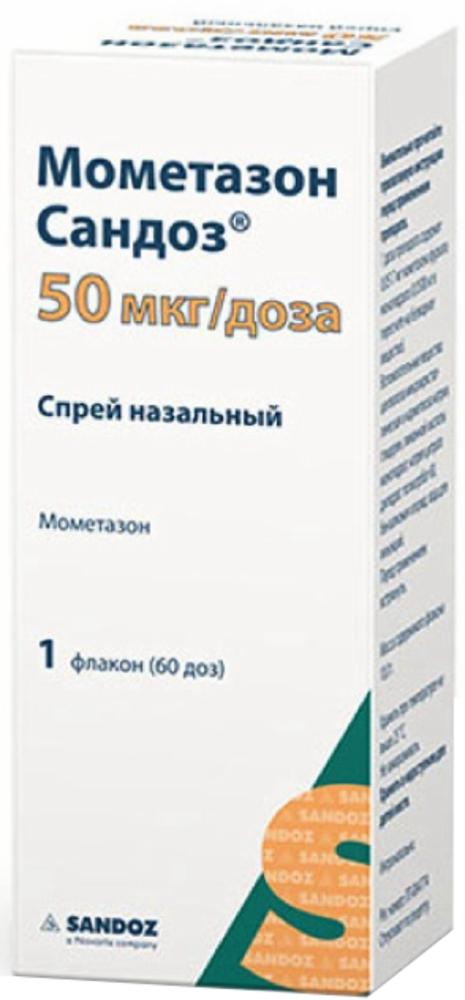
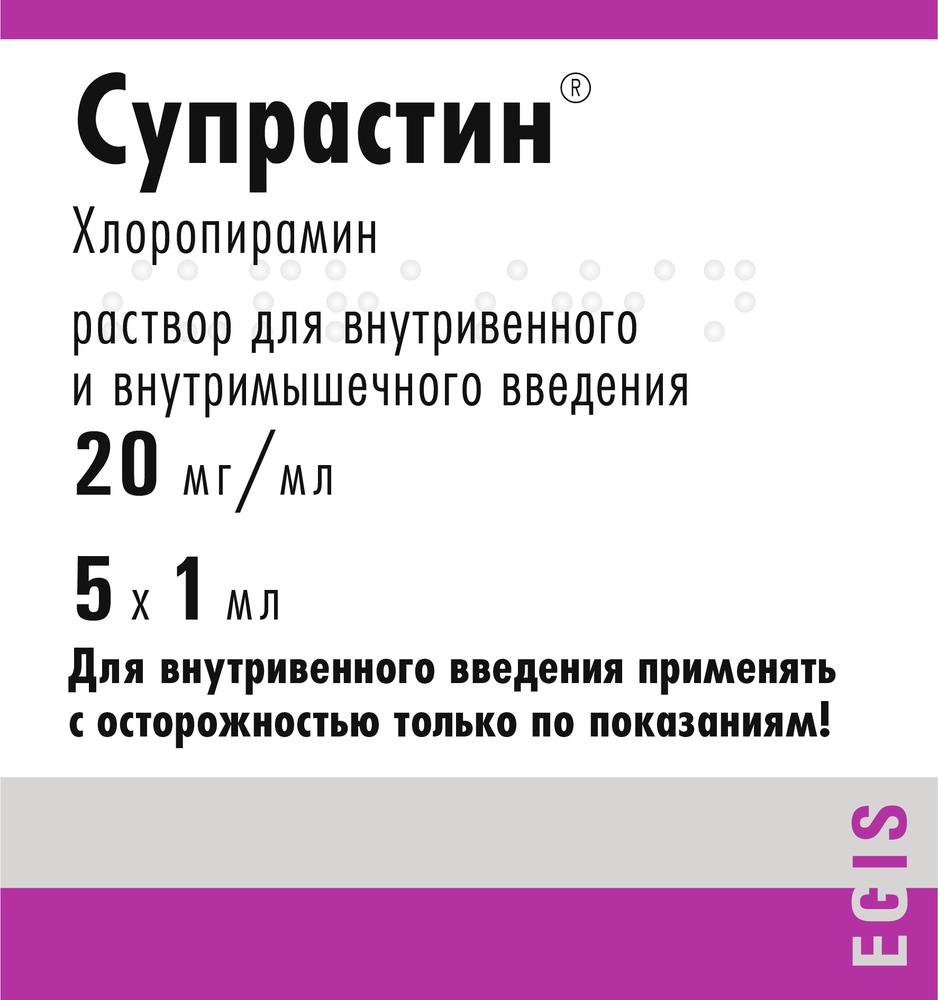
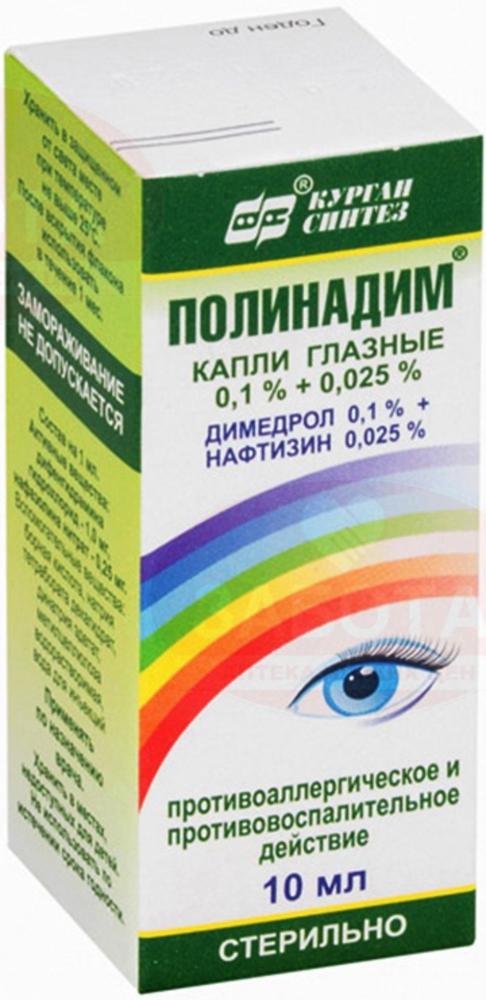
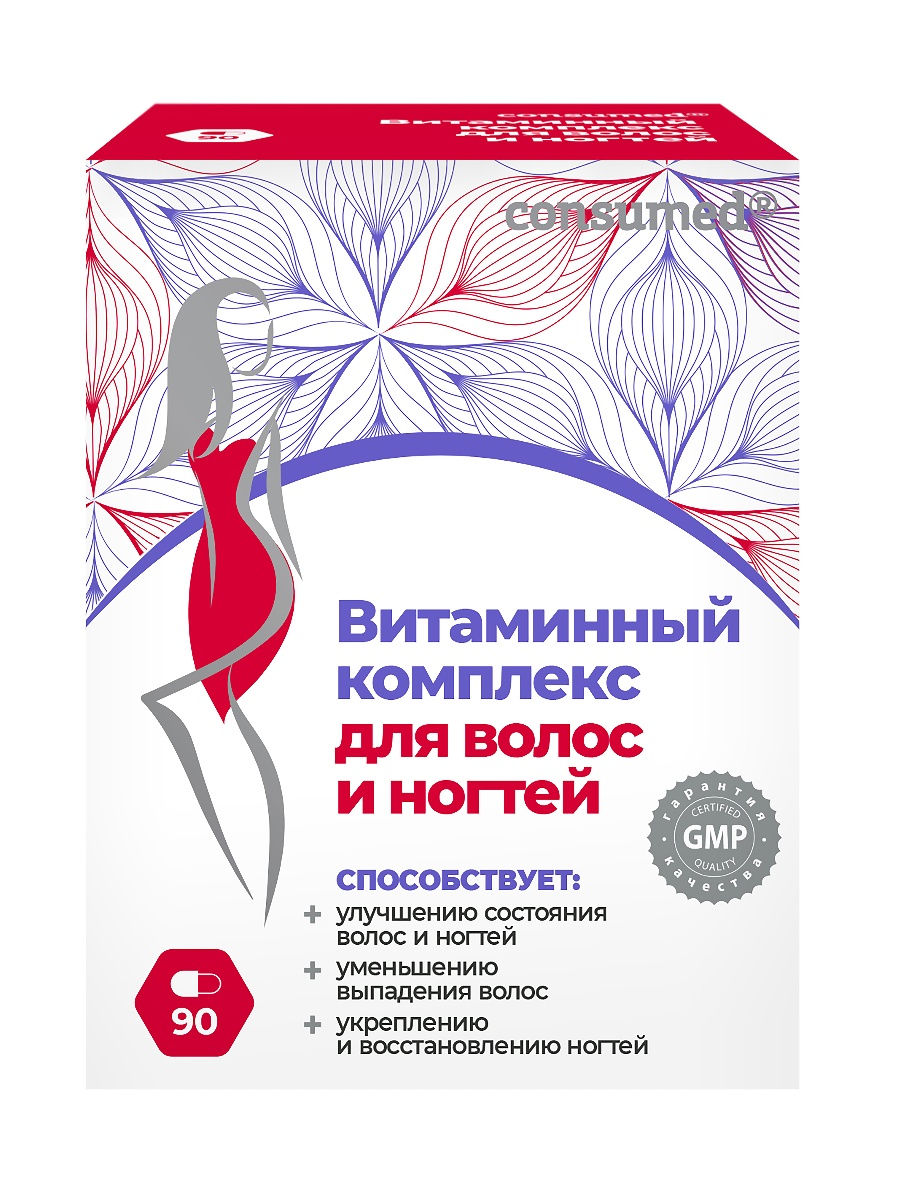
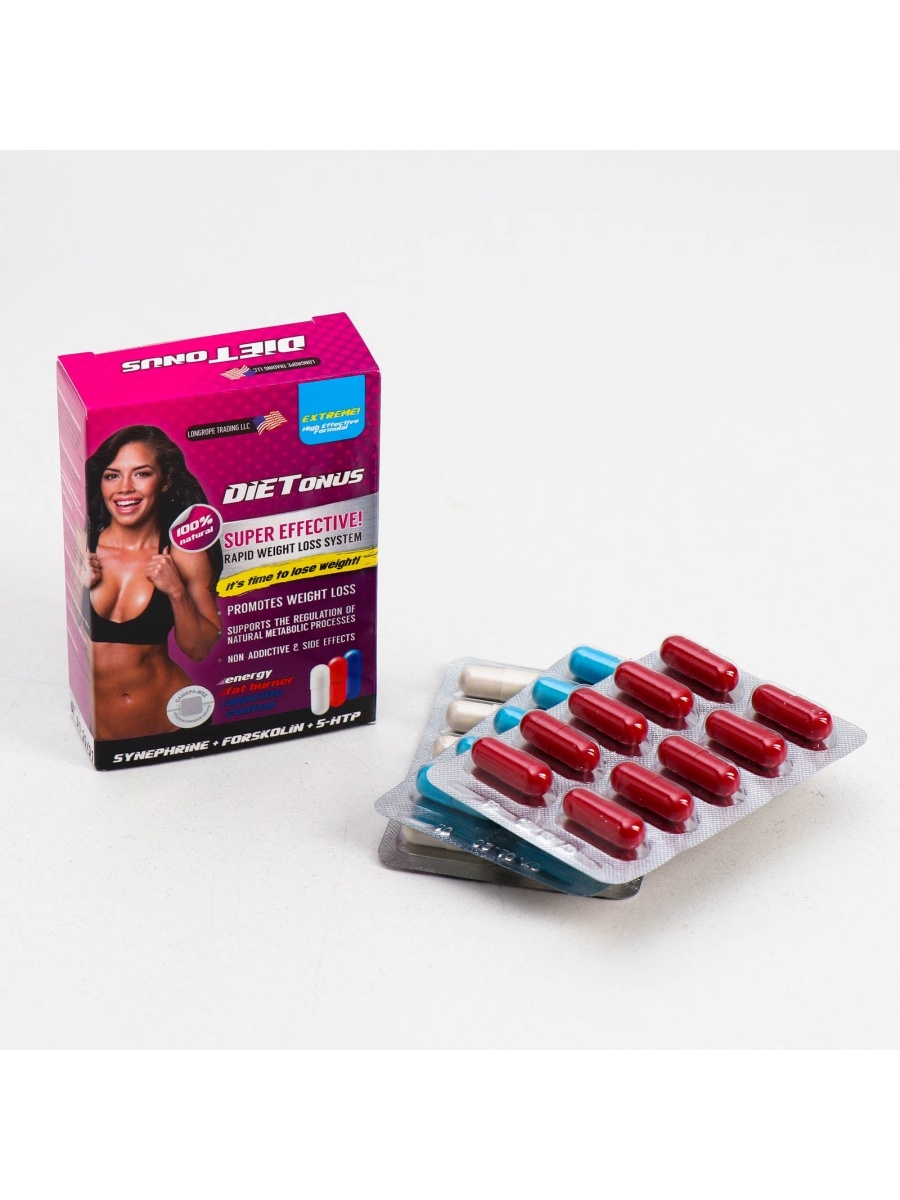
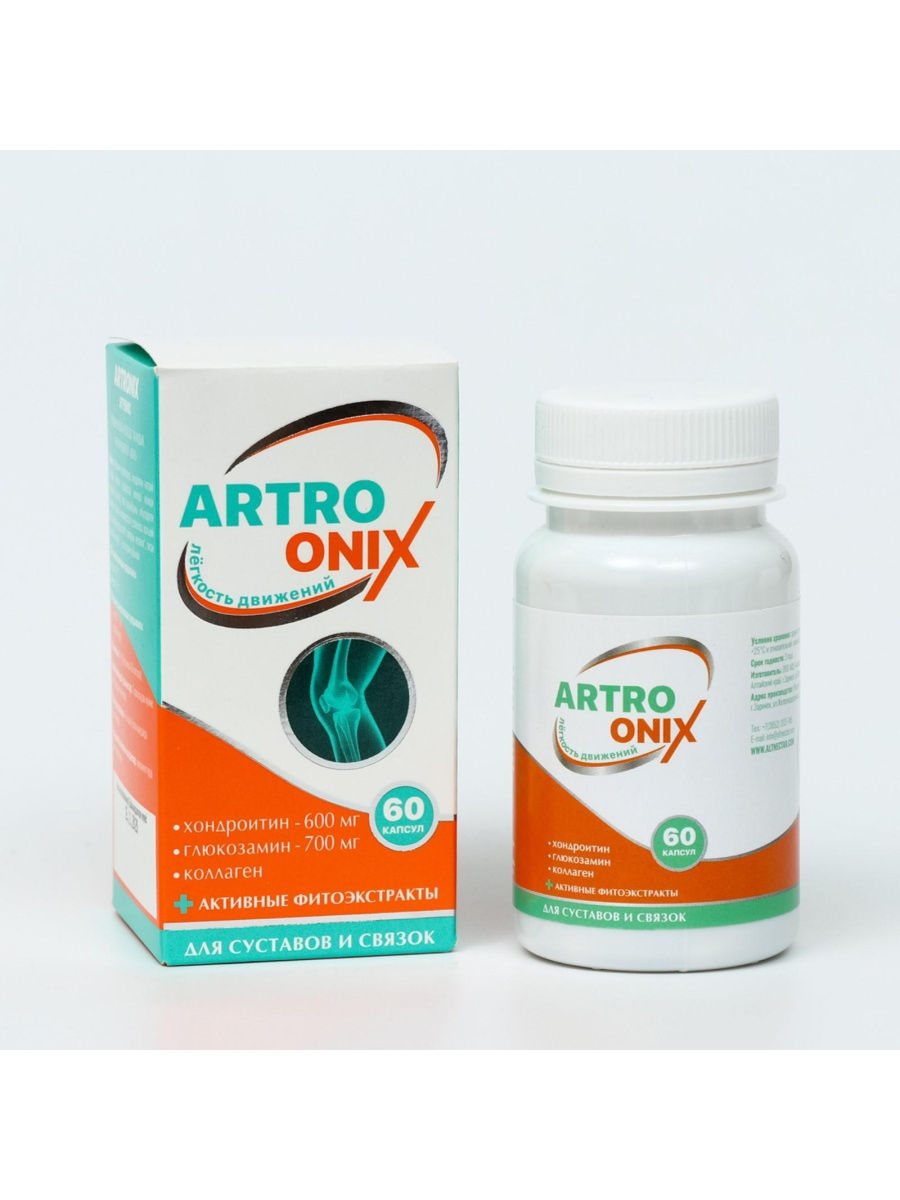
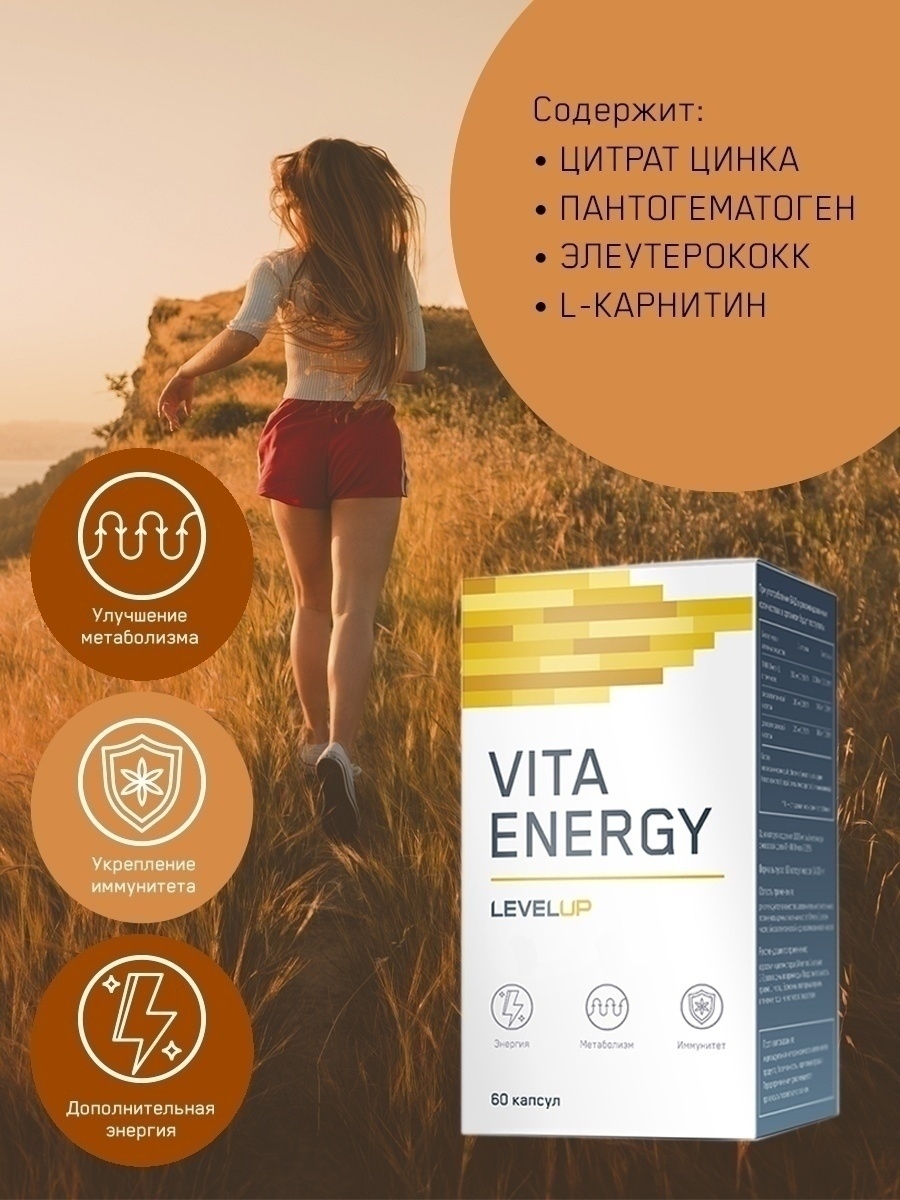
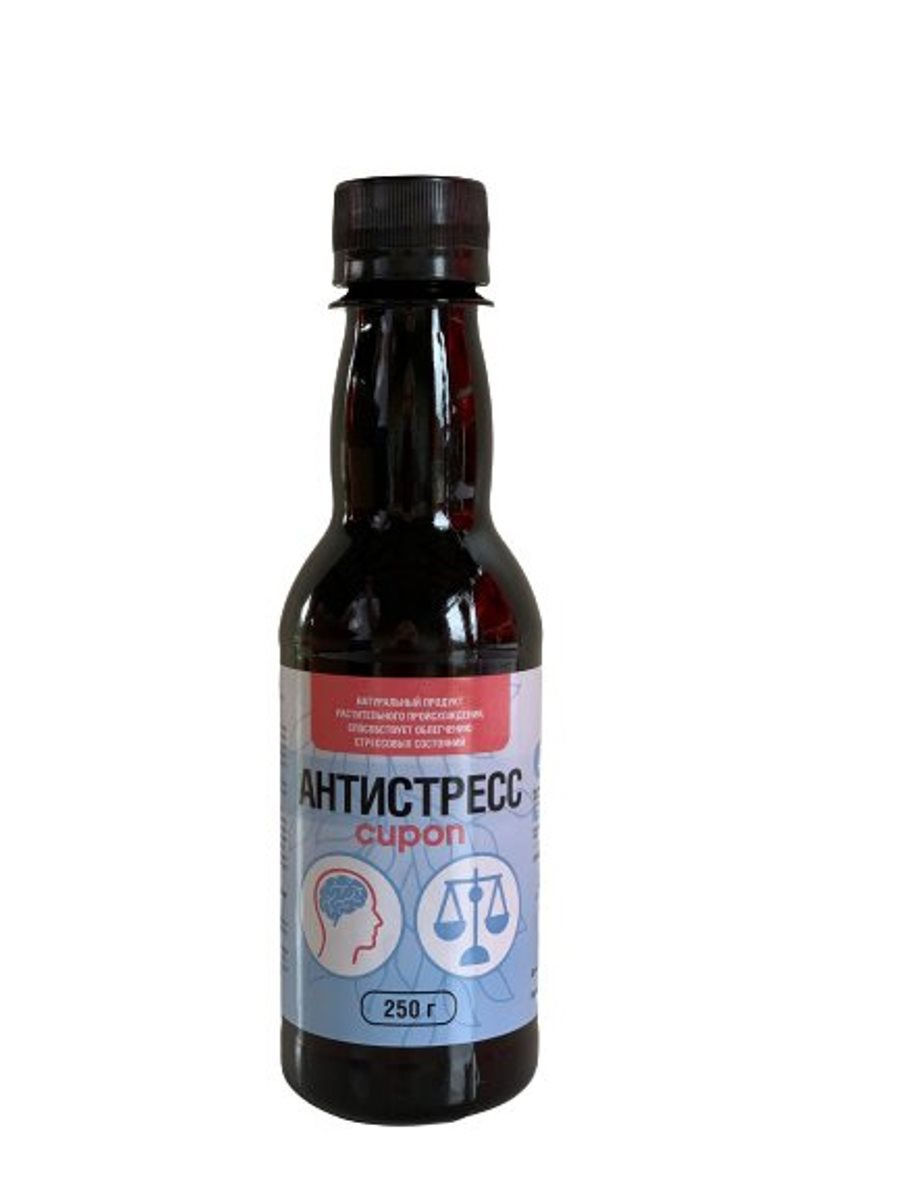
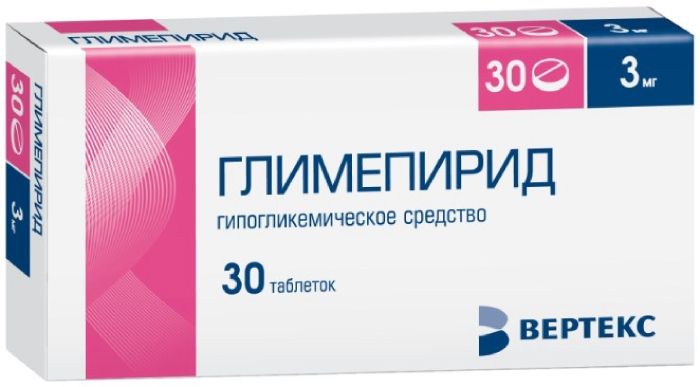




There are no reviews yet.